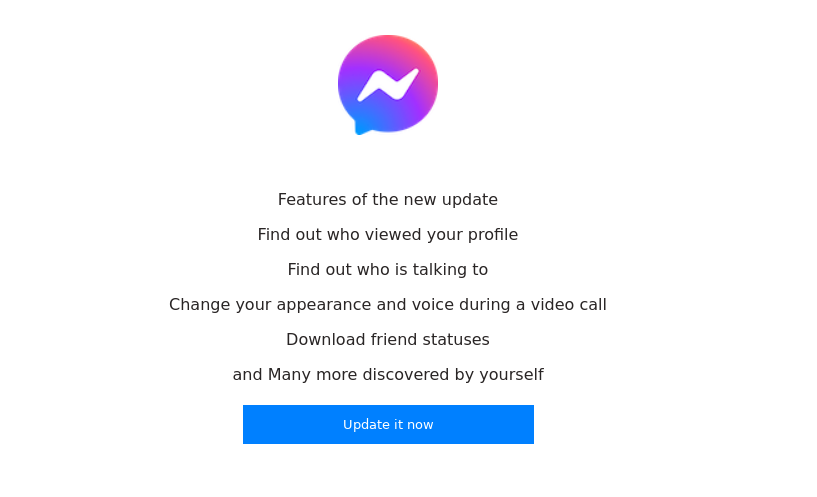Kaspersky’s anti-phishing system prevented more than 500 million attempts at accessing fraudulent websites in 2022. This is twice more when compared to 2021 figures. The most commonly used bait for these attacks were delivery services, messengers, and cryptocurrency platforms. These and other findings can be found in Kaspersky’s new Spam and Phishing in 2022 report.
Although spam and phishing attacks are not necessarily complex from a technological standpoint, they rely on sophisticated social engineering tactics, making them highly dangerous to those who are not aware of them. Fraudsters are skilled at creating phishing web pages identical to the original websites that collect private user data or encourage the transfer of money to fraudsters targeting both individuals and organizations. Kaspersky experts discovered that throughout 2022 cybercriminals increasingly turned to phishing. The company’s anti-phishing system successfully blocked 507,851,735 attempts to access fraudulent content in 2022, twice the number of attacks thwarted in 2021.
Users of delivery services were the most frequently targeted victims of phishing attacks, making up 27.38% of all blocked attempts. Fraudsters send fake emails pretending to be from well-known delivery companies and claim there is an issue with a delivery. The email includes a link to a fake website, which asks for personal information or financial details. If the victim falls for the scam, they could lose their identity and banking information, which may be sold to websites on the dark web. Other popular targets of phishing attacks include those in online stores (15.56%), payment systems (10.39%), and banks (10.39%).

Kaspersky experts have also highlighted the following trend in the phishing landscape of 2022: an increase in the distribution of attacks through messengers, with the majority of blocked attempts coming from WhatsApp (82.71%), followed by Telegram (14.12%) and Viber (3.17%).
There is also growing demand among cybercriminals for social media credentials, with criminals exploiting people’s curiosity and desire for privacy by offering fake updates and verified account status on social media platforms.

Moreover, the experts found that cryptocurrency scams and the ongoing pandemic are still being used by phishing attackers to steal sensitive information from people who are afraid and worried. These scammers are taking advantage of people’s fears and concerns to steal their sensitive information.
“Phishing is one of the most prevalent and pernicious threats in the cybersecurity landscape. Being the gateway to many of the worst cyber threats, phishing pages are the first step in a long chain of events that can result in identity theft, financial loss, and reputational damage for both individual consumers and businesses. It’s crucial for everyone to understand the threat and take action to protect themselves,” comments Olga Svistunova, security expert at Kaspersky.
























